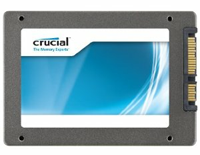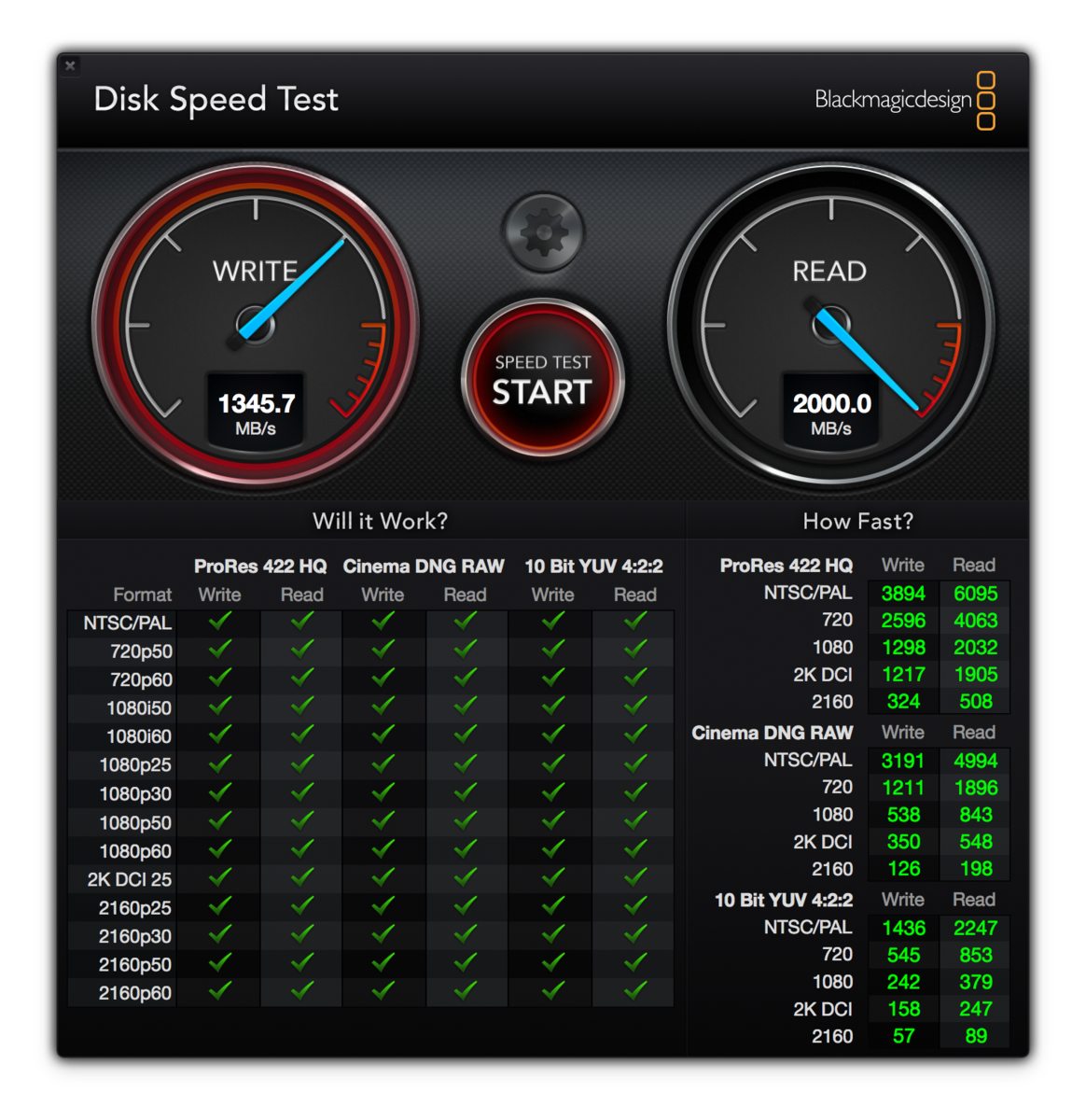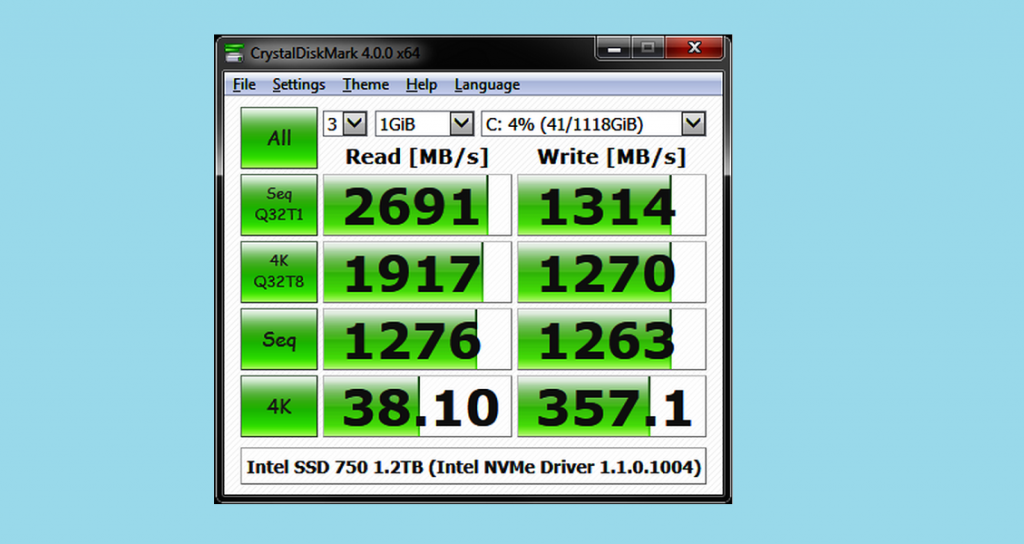

The data you get by testing will provide a standard to measure customizations such as added extra RAM or drive replacements against, and will also tell you if you need an upgrade in the immediate future. Measuring your hard drive speed is one of the easiest and most effective ways to benchmark your MacBook. The former is a measure of how fast you can open something that already exists, while the latter is how fast you can add something new to your computer’s drive. Once you’ve written a command that you feel approximates the type of workload you perform on your PC, you can stress test several drives and see which offers the best performance.Hard drive performance is measured in two categories: read speeds and write speeds. Using these options, you can tweak the benchmark command to see how your disk performs under varying loads. -b is the block size of the reads or writes, such as -b16K for a 16K block size or -b64K for a 64K block size.-d is the duration of the tests in seconds, such as -d90 for 90 seconds or -d120 for 120 seconds.-o denotes number of outstanding requests per thread, such as -o4 for four requests or -o2 for two results.-t denotes number of threads that will be run at the same time, such as -t2 for two threads or -t6 for six threads.



This helps you test for either random file access (often a bunch of small files) or sequential file access (often one large file that’s read or written all at once). Specify -r for random access or -s for sequential. -r or -s determines whether the test uses either random access or sequential operations.Omitting the -w switch or entering -w0 will perform 0% write operations and thus 100% read operations. Entering -w100 will perform 100% write operations. For example, entering -w40 will perform 40% write operations and thus 60% read operations. -w denotes percentage of write and read operations.


 0 kommentar(er)
0 kommentar(er)
